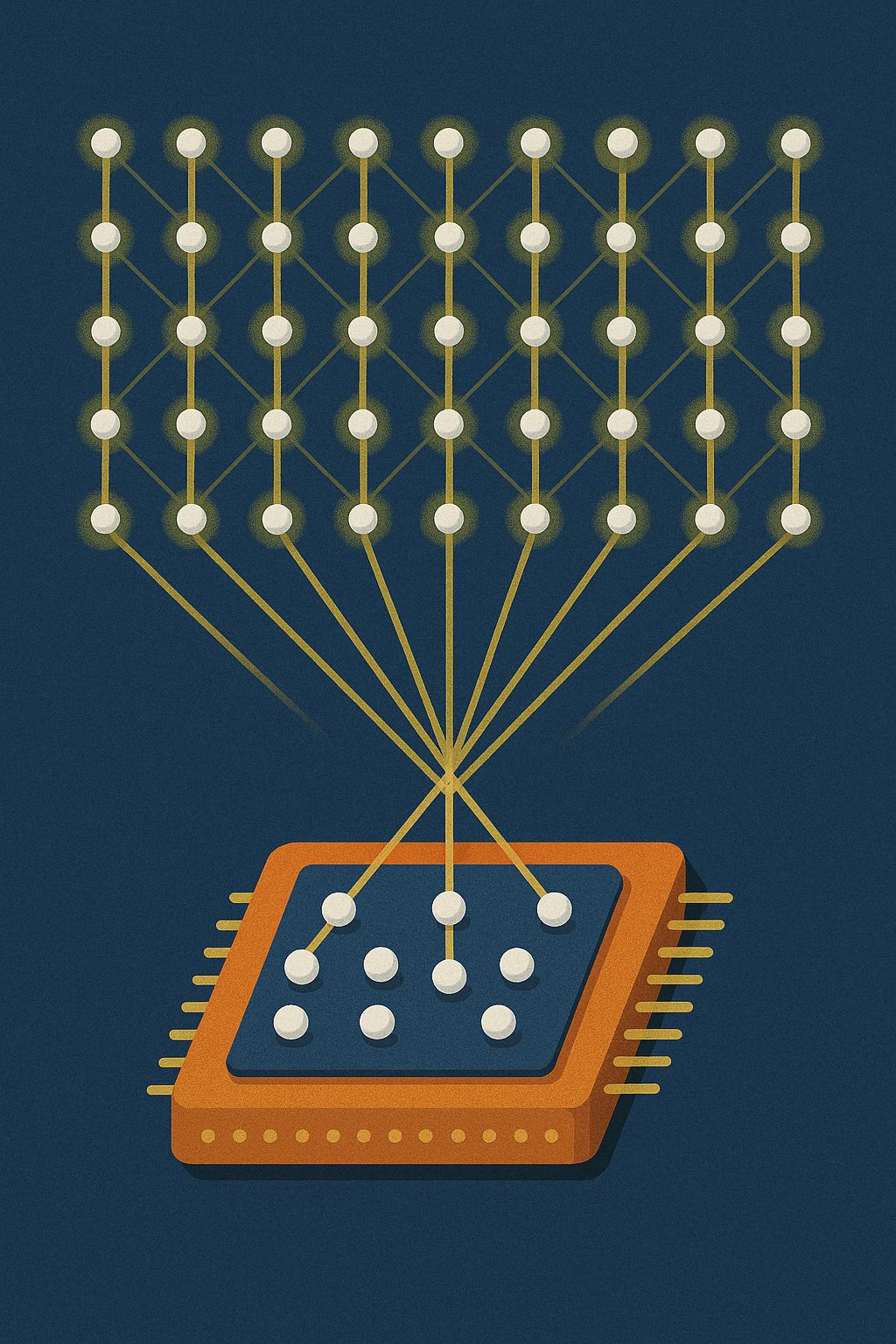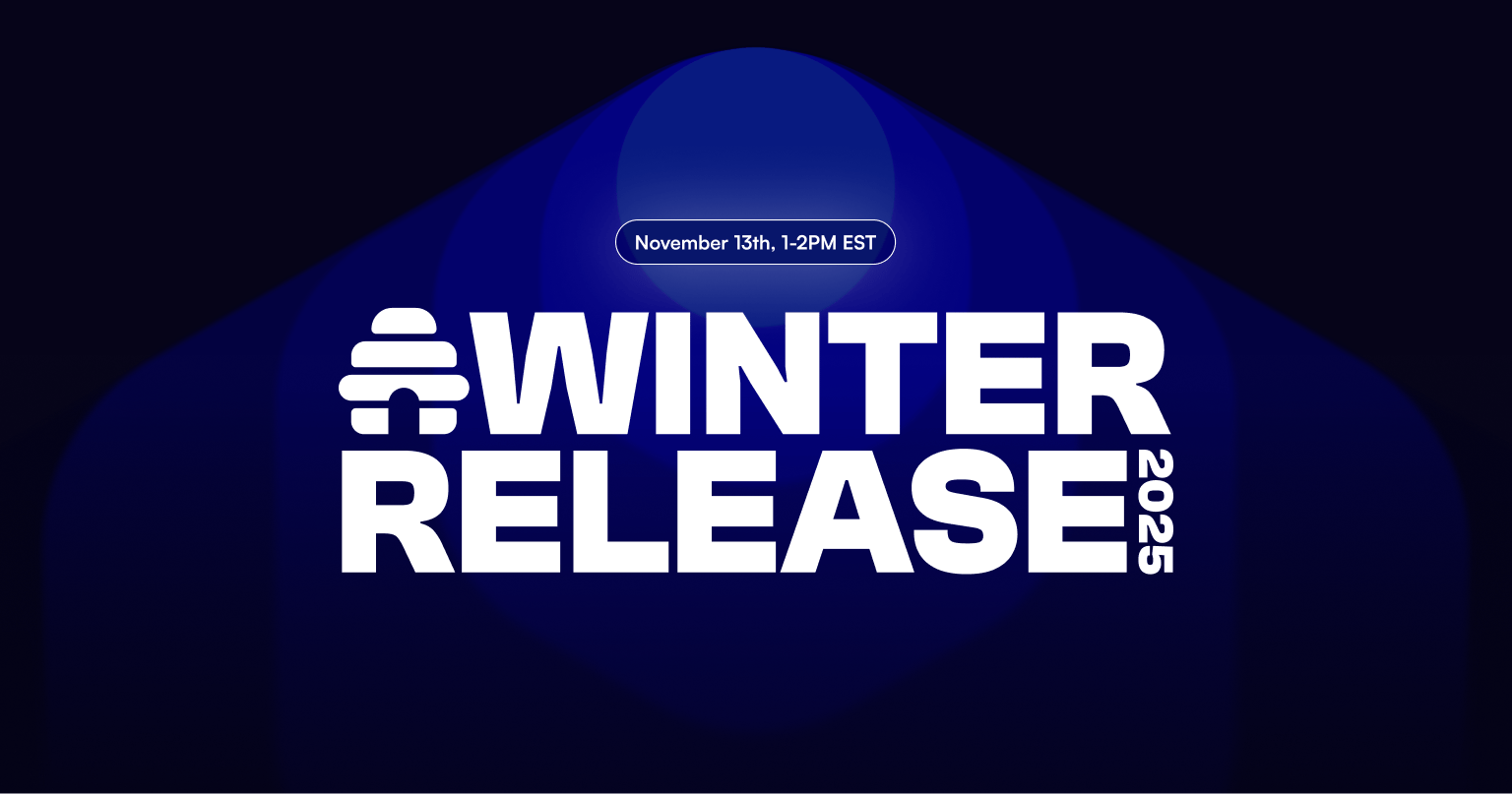- Bell State
- Posts
- Quantum Update: Qubits, Cash, and Nobel Gold
Quantum Update: Qubits, Cash, and Nobel Gold
Quantum Computing Newsletter 🤖

The Future of the Content Economy
beehiiv started with newsletters. Now, they’re reimagining the entire content economy.
On November 13, beehiiv’s biggest updates ever are dropping at the Winter Release Event.
For the people shaping the next generation of content, community, and media, this is an event you won’t want to miss.
Welcome to The Bell State.

Your weekly roundup of the biggest breakthroughs in Quantum Computing
💰 QUANTUM STOCK TRACKER 💰
Nobel Peace Prize Involves Quantum Computing
Nobel Prize awarded to pioneers of superconducting quantum circuits (Source)

John Clarke, Michel Devoret, and John Martinis won the 2025 Nobel Prize in Physics for demonstrating macroscopic quantum tunneling and energy quantization in superconducting circuits.
Their experiments in the 1980s showed that quantum phenomena could manifest in larger electrical circuits (Josephson junctions) rather than just atomic systems.
This foundational work underpins much of today’s superconducting-qubit quantum computing efforts (e.g. transmons).
Takeaway: The Nobel highlights how decades-old fundamental physics discoveries are still shaping and validating the architectures powering today’s quantum race.
Google Acquires Atlantic Quantum
Google acquires Atlantic Quantum to accelerate modular superconducting control (Source)

Google’s Quantum AI announced the acquisition of Atlantic Quantum, an MIT-founded startup specializing in highly integrated hardware stacks.
The modular chip stack combines qubits and superconducting control electronics in the cold stage, aiming for more compact, efficient packaging.
The move is intended to speed progress on Google’s roadmap toward large-scale error-corrected quantum computers.
Takeaway: Vertical integration of control electronics and qubit hardware is emerging as a competitive differentiator in the scaling race.
Caltech has Breakthrough
Caltech builds a 6,100-qubit neutral atom array operating at room temperature (source)

The new system breaks previous records for qubit count while maintaining coherence time of ~12.6 seconds.
Uses 12,000 “laser tweezers” to trap and move atoms without losing coherence.
Demonstrates improved scalability of neutral-atom architectures, edging toward fault tolerance.
Takeaway: Pushing qubit counts and coherence at more forgiving operating conditions marks a meaningful step toward large-scale, practical quantum hardware.
📚 QUANTUM 101 📚
💼 JOB BOARD 💼
Quantum Applied Scientist - Amazon
Quantum Cloud Engineering - IBM
Quantum Research Scientist - Google
Quantum Engineer - Atom Computing
Director, Quantum Applications - IonQ
Hardware Engineer, Microwave Design, Quantum AI - Google
[Recently FILLED]
Director of Product Marketing - Quantinuum, Quantum Error Correction Research Software Developer - IBM, Semiconductor Quantum Computing Expert - Johns Hopkins, Senior Manager, Environment and Power - IonQ, Open Rank (Assistant Professor, Associate Professor, or Professor) in Quantum Computing and Simulation - University of Miami, Research Scientist - MIT Lincoln Lab, Quantum Sales Executive - IBM, Vertical Sales Lead, AI - D Wave, Senior Engineer Device Validation - IonQ, Product Marketing Manager (Remote) - IonQ, Hybrid Software Engineer- Atom Computing, Quantum Management Engineer - Google, Quantum Scientist - Noblis, Summer 2025 Intern - Quantum Computing Research - AMFam , Quantum Researcher - NSA, Senior Software Engineer, Machine Learning, Quantum - Google, Product Manager - Qrypt, Quantum Science Consultant - Booz Allen, Quantum Computing Software Intern - NVIDIA, Computational Architect - Psi Quantum, Sales Director - IONQ, Director of Strategic Partnerships - IonQ, Content Designer - IBM, Summer 2024 Quantum Research Internship - IBM, Principal Software Engineer - JP Morgan
Thanks for reading! Follow us on Twitter for updates on the quantum computing world. Subscribe below!
We think you may also like…
|



